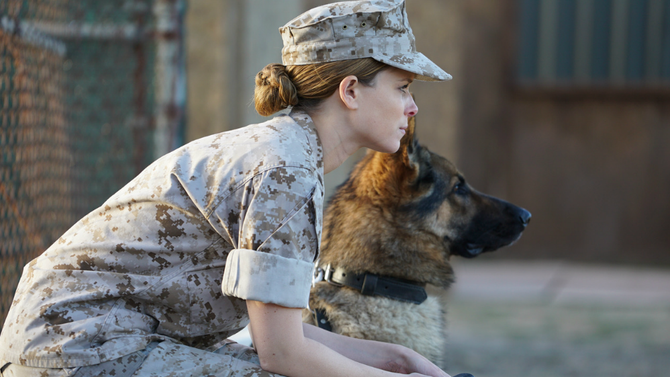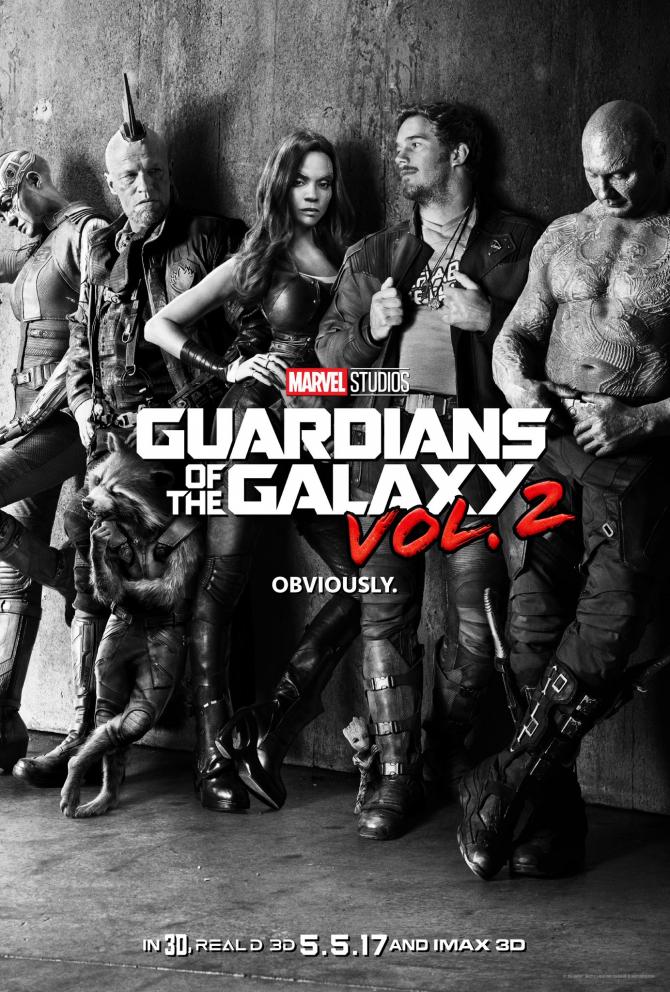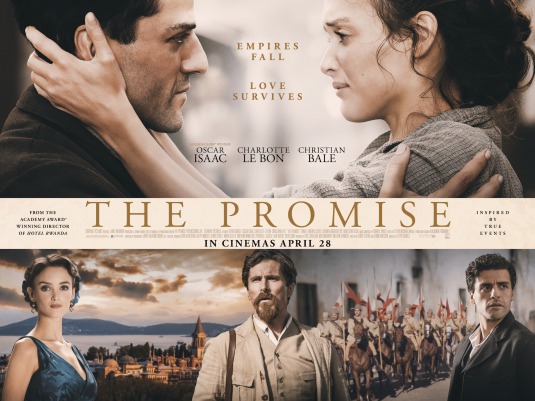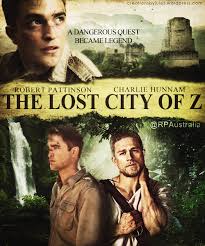Megan Leavey
Posted on June 9, 2017 at 10:26 am
B +| Lowest Recommended Age: | Middle School |
| MPAA Rating: | Rated PG-13 for war violence, language, suggestive material, and thematic elements |
| Profanity: | Some strong language |
| Alcohol/ Drugs: | Drinking and drunkenness, drug references |
| Violence/ Scariness: | Wartime violence |
| Diversity Issues: | Diverse characters |
| Date Released to Theaters: | June 9, 2017 |
| Date Released to DVD: | September 11, 2017 |

Devastated by the loss of a close friend, fired from a dead-end job, without any sense of worth or meaning, a young rural New Yorker enlists in the Marines and learns about honor, loyalty, and purpose, and finds unconditional love, too.
What makes that familiar story less familiar in this fact-based retelling is that the Marine in question is a woman and the love story is with her partner, a German Shepard.
Kate Mara is both vulnerable and determined as Megan Leavey, who was lost until she joined the Marines and got assigned to the K-9 division of military dogs trained to sniff out bombs and guns. Leavey had two tours of duty alongside Rex until they were blown up together by a bomb. The most significant part of her recovery came from a renewed sense of purpose in fighting for the chance to give Rex a home when he could no longer work.
The film, which has some dramatic (and romantic) heightening, shows Leavey being fired by a supervisor who tells her, “You don’t connect with people very well.” Her mother (Edie Falco, terrific as always) does not want her to go into the military but has nothing else to offer. After basic training, she gets drunk with friends and is sentenced to clean up the dog kennels. That is the moment when a part of her wakes up. Instead of resisting what she does not want, for the first time there is something she does want.
The Leavey equivalent in the K-9 corps is Rex, a handsome German shepherd described by the veterinarian as “the most aggressive dog I’ve ever treated.” The woman who does not connect with people very well is a perfect match for the dog who does not connect with people very well, either.
Leavey wants to become a part of the K-9 program, but in order to qualify she has to meet some very tough standards for her skills and behavior. She makes it in and the training includes learning how to bandage a wounded dog, a powerful reminder of the risks ahead.
The story has four distinct chapters: Leavey before the Marines, her training and getting to know Rex, their deployment, and her efforts to bring him home so she can care for him in his last months. Director Gabriela Cowperthwaite and star Mara wisely keep the focus on Leavey’s spirit-enlarging journey. Cowperthwaite is a documentarian (“Blackfish”) and brings a low-key naturalism to the storytelling, and Mara is excellent in revealing Leavey’s growing sense of confidence and purpose. “We were injured in Iraq,” she says, simply, compellingly. They are both wounded warriors and their best path to healing is to be together.
Parents should know that this film includes wartime violence with guns, bombs, explosions, characters injured and killed, drinking and drunkenness, strong language, sexual references and a non-explicit situation.
Family discussion: What was it about the dog corps that made Megan want to qualify to be a part of it? Why did Gunny give her a chance?
If you like this, try: “Max”








